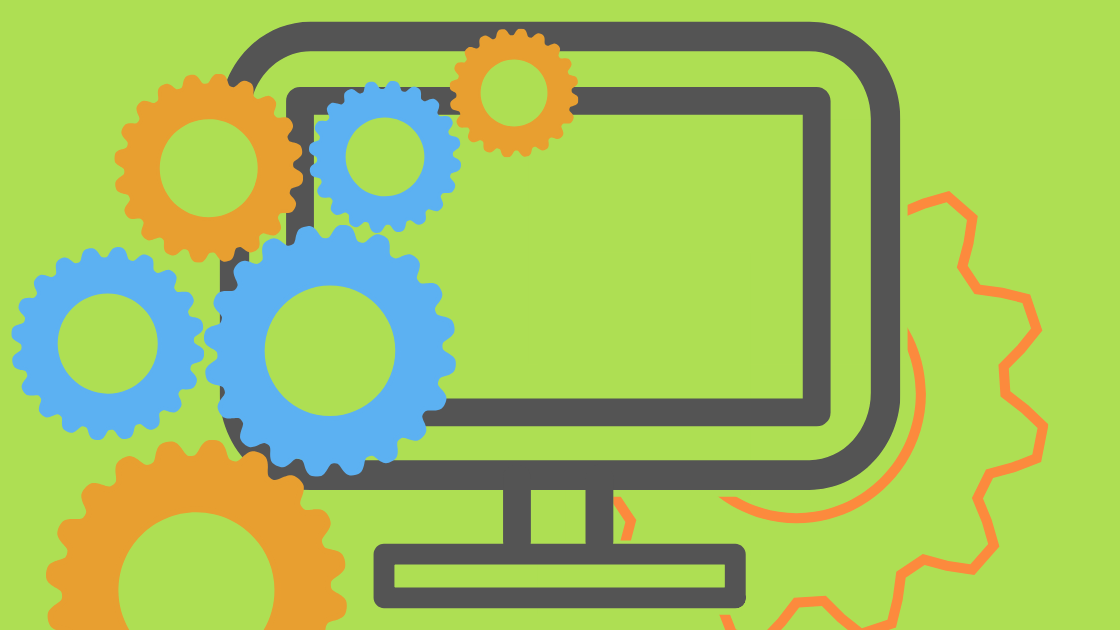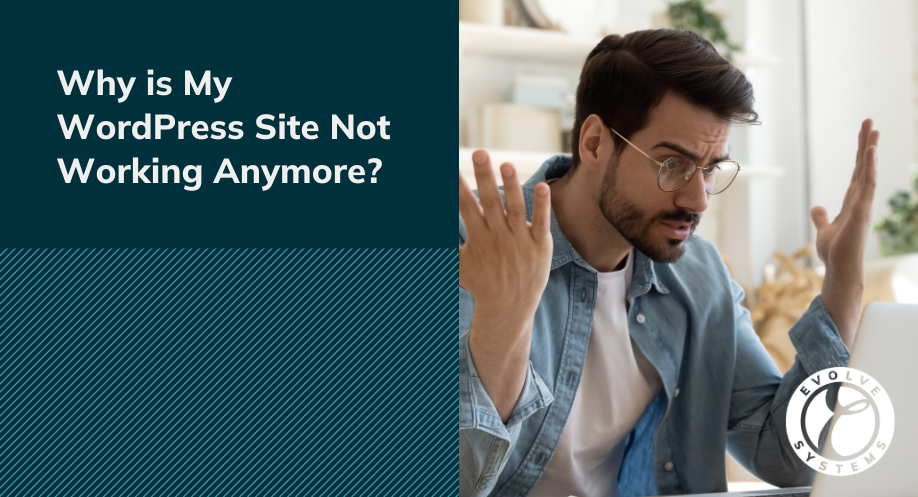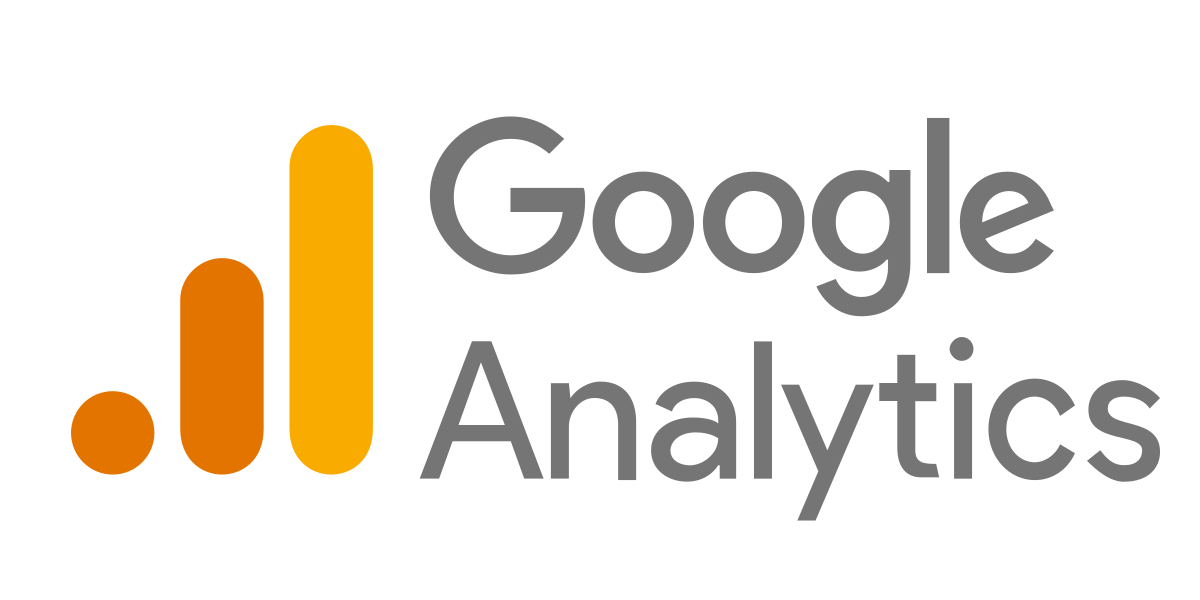The development of a website is never complete. For your business site to keep functioning correctly and carrying out your business operations it requires continual monitoring and updates. Below are 10 items that need to be included in your website maintenance plan for your website to remain secure and up-to-date.
1. Contact Form
Your website is a major contributor to your sales funnel, often considered your most important marketing tool. In order for your website to effectively generate leads, you need to ensure it is operating correctly. This includes ensuring your contact form is working by testing it periodically. By simply submitting your information and email into the form, just like potential leads would, you are able to confirm if you receive an email notification once the form is submitted. Taking the time to test your contact forms ensures you are capturing those leads that your website is generating.
2. Website Back-ups
Your website is a huge investment, one that requires continual protection to remain secure. Yet, in order to be completely secure, you need to run periodic website backups so you are covered if the worst were to happen. From getting hacked to hosting problems to an unlucky update, a backup makes certain your website files are salvaged.
Updraft is a highly ranked WordPress plugin that makes the backup and restoring process simple and reliable. Updraft has been used on over one million sites and continues to be a trustworthy tool.
3. WordPress Core
The WordPress core is a group of files that comprise the website’s key functionalities which are stored on the computer as a WordPress folder. WordPress is constantly being tested and enhanced for improvement, such as fixing bugs, adding new features, or addressing vulnerabilities, which are included with the new WordPress updates. By ensuring your WordPress core files are accurately updated alongside the WordPress website updates allow your website to function properly. But first, make sure you backup your WordPress website before making any changes!
4. Theme Updates
Another critical component of WordPress updates is your website theme. WordPress theme updates are often a result of improved security, compatibility, and features. The themes can fix security bugs to reduce your site’s vulnerability. It can also be a result of a new WordPress version to ensure the theme remains compatible. In addition, theme updates can release new features in order to advance your website’s functionality.
It is important to note that the process of updating your WordPress theme may differ if your website has a custom theme or is a premium theme for an external source. Yet, before updating the theme you should first run a backup! Also, it is best practice to test the theme on a staging environment before adding it to your live site to identify any mishaps before they affect your live website.
5. Plugin Updates
WordPress plugins are applications added to your website to provide additional and specific functions. A few examples of plugins include SEO, page speed, or security. Continual WordPress plugin monitoring and updating should be a mandatory practice alongside WordPress core and theme updates for a strong maintenance plan.
To learn more about the importance of keeping your WordPress plugins updated, please click here.
6. Broken Links
Broken links are links that are no longer active or are running correctly. A broken link could be a result of a removed website, a web page has been removed or moved, or the permalink structure has changed. When your website includes broken links it hinders the user experience as well as negatively impact your SEO thus lowering your search engine ranking,
The plugin, Broken Link Checker, monitors your content for broken links and sends notifications if any are detected. The plugin makes fixing links quick and easy by allowing you to edit links right on the plugin’s page.
7. Website Password
Changing your passwords is a general practice to consistently secure your various accounts, and your WordPress website is no different. Some other reasons for changing your WordPress, password other than general security, are to remove access from a previous member, the password has been compromised, or of course, you forgot the password.
8. Site Vulnerability
The online setting of websites naturally makes them a susceptible platform, therefore recurring scans are necessary to check for threatening or unintentional activity. Running a Wordfence scan will examine your WordPress files and identify any signs of vulnerabilities. A few situations Wordfence scans for are malicious code or URLs, traces of hacking, unknown public files, etc. The program identifies problems from critical issues that require immediate attention to low issues so you are simply aware of the matter. A Wordfence scan keeps your website safe by identifying evident and potential vulnerabilities in a quick and dependable manner.
9. Domain Expiration
Your domain name is the backbone of your website. It is the gateway to access your business, therefore your ownership over the domain is essential for your website to continue being yours. Just imagine putting in all the hard work to build your business’ website that is centered around the domain name only to have it purchased by someone else because you did not renew it. By checking your domain’s expiration date as well as enabling the renewal reminders guarantees your domain remains yours.
10. Site Speed
In a world where instantaneous is the expectation, your website speed has a large impact on your site’s performance. Site speed impacts user experience, number of website visitors, search ranking, and much more. The speed testing tool, Pingdom, evaluates and analyzes your website to identify the load time so you can improve areas of performance and increase your website speed.
Click here to learn more about the importance of website speed.







